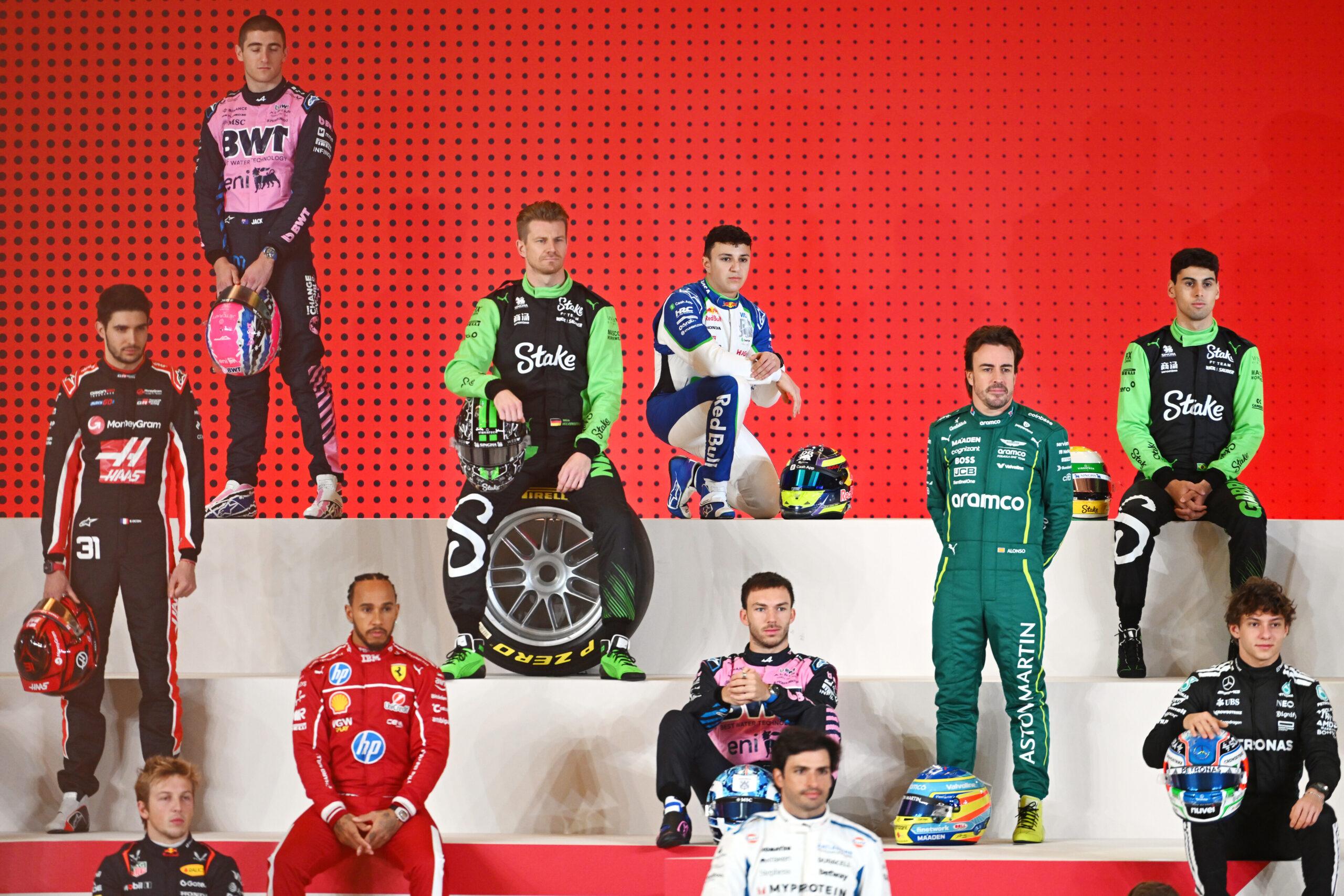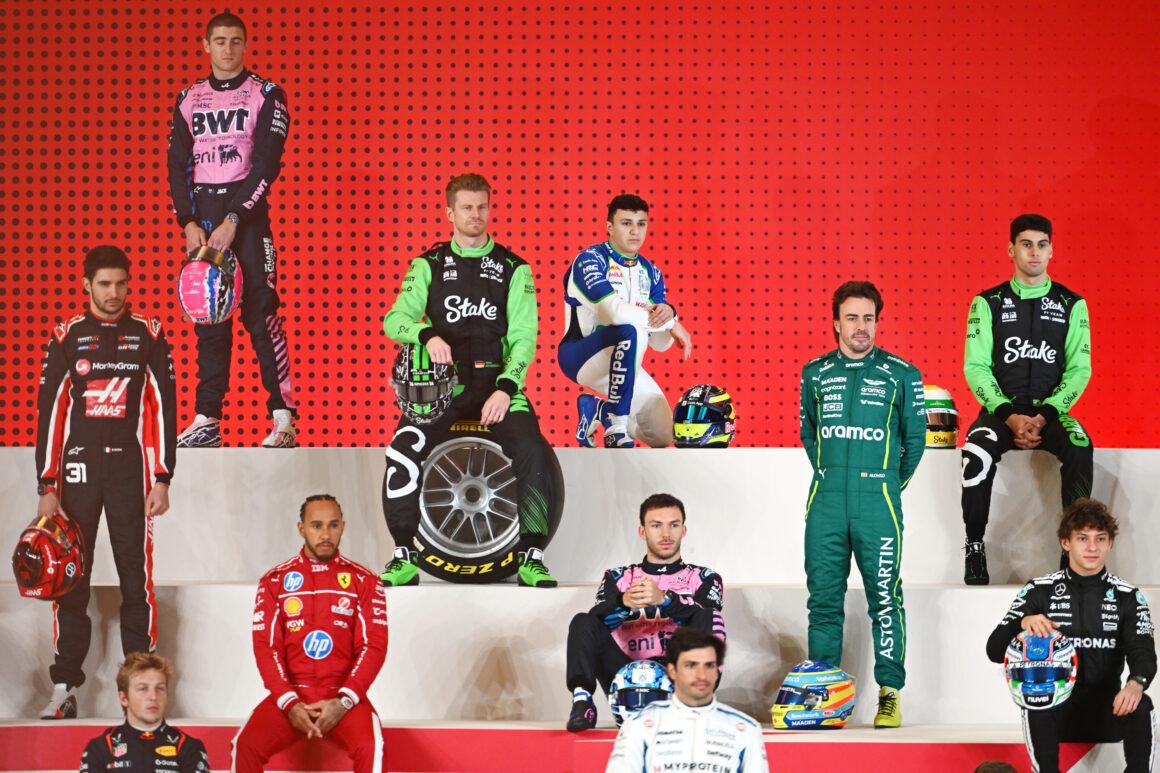Monaco is Formula 1’s crown jewel and its slowest knife fight. The average speed here is a punchline compared to Monza or Baku, but the walls don’t laugh. They bite. The circuit’s tight streets and stop-start rhythm drag lap speeds down, but the difficulty spikes. Precision over power. Monaco makes heroes, then humbles them.
It’s also the only race that snubs F1’s standard minimum distance. The event runs around 260 km instead of 305 km because the laps are slow and the track is unforgiving. Translation: the pace is low, the stakes are high, and one mistake is terminal. Lights out and away we… crawl? Not quite. But close.
How Slow Is Monaco, Really?
For modern F1, Monaco is the slow dance in a mosh pit. The fastest race laps here average far less than most circuits. In 2021, Lewis Hamilton set a lap record average of about 164.769 km/h in qualifying trim. That’s blistering by Monaco standards, but leisurely next to the temple of speed. File this under: context matters.
The circuit’s slowest point, the Fairmont hairpin, dips below 50 km/h. Think shopping-cart speed. Then you blast through the tunnel at over 260 km/h and immediately stomp the brakes into the chicane. The average lap speed plunges because most of Monaco is corners, kerbs, and concrete. Brutal. Beautiful. Slow.
Why Average Speed Is Low
Short wheel-to-wheel opportunities. Endless corners. Zero room to breathe. Cars run maximum downforce and the softest tyres to claw out traction, but without long straights, the average speed stays conservative. The walls? They enforce good behavior. With consequences.
Even the safety car and red flags loom like hall monitors. One incident and the whole pack’s average speed drops further. Monaco punishes overreach and rewards patience. Unless your name is Ayrton and you’re rewriting physics.
Qualifying vs Race Pace: Two Different Worlds
Monaco’s dirty secret: qualifying is the show. The race is the chess match you watch on 2x speed. In quali, drivers yank time out of Portier and flirt with the Armco. It’s raw spectacle. Come Sunday, the race pace falls in line behind track position, tyre preservation, and caution. The plot thickens like the stewards’ incident log.
In 2024, the top 10 finished exactly as they started. No overtakes stuck at the front. Drivers even slowed the field to conserve tyres because passing is practically illegal here. Max Verstappen joked about needing a pillow. Somewhere, a PR manager just had a minor stroke.
Rule Tweaks Won’t Fix Physics
To crank up the action, authorities forced two mandatory pit stops for 2025 at Monaco. The idea? Force strategy variance and lift the average race pace. The reality? The overtaking problem didn’t budge. You can’t legislate wider streets. The tunnel still feeds into a braking zone that dares you to try something stupid. Most don’t.
Wind it back decades and nothing’s changed where it counts: Monaco trims average speed with a scalpel. Drivers feel the clock more than the Gs.
What Shapes Monaco’s Speed Profile
Three pillars define average speed in Monte Carlo: layout, car setup, and risk tolerance. The course is short, technical, and claustrophobic. Teams pack on downforce like winter coats. And drivers know a millimeter too much is a million too expensive. So the averages sag—even when the cars get faster year-on-year.
The tunnel plays head games with eyes and brakes. The harbourfront chicane punishes late commitments. The Swimming Pool slaps the bold and the timid alike. Every corner crimps your average. The stopwatch doesn’t care how fast your top speed is if your corners are 80% of the lap.
Historic Perspective: Faster Cars, Same Street Fight
Compare Fangio to Schumacher to today’s generational talents and you’ll see the same constant: Monaco’s relative pace lags the rest of the calendar. Technology evolves, qualifying laps sharpen, the average speeds inch up—but the track’s DNA keeps them low. That’s the point. It’s the ultimate test of precision, not power.
Fun note: analysis of pole speeds across decades shows a steady climb, but still far from modern circuit averages. Monaco is the exception that proves F1’s speed rule—brutal, technical, slow on paper, savage in practice.
Average Speed: What To Watch For On A Weekend
Want to understand average speed at Monaco like a pro? Watch qualifying delta improvements corner-by-corner. Drivers build heat in tyres and confidence in walls. That’s when the average spikes. Race day? Watch for neutralized pace—SCs, VSCs, tyre nursing, and trains. The average settles right where the pack leader wants it. The competition? Reduced to expensive spectators.
Weather can flip the script. Rain arrives like that drama friend at parties—uninvited and loud. Wet Monaco smashes average speed and amplifies chaos. 1984 would like a word. So would 1996. File this under: grab your popcorn.
Signature Moves That Bend the Average
Some drivers can bend Monaco’s lap average with one corner. Classic Alonso late-braking—the move that makes rivals question career choices—pivots tenths at Mirabeau. Hamilton’s hammer time flips the average like a switch when the tyres finally wake up. And the ol’ Verstappen divebomb special? Warranty void in Monaco. The walls veto that plan.
When it comes off, they look like gods. When it doesn’t? Another masterclass in how NOT to pass in Monte Carlo. Yikes.
- Qualifying average speed: Highest of the weekend, pure commitment, zero margin
- Race average speed: Suppressed by track position, tyre life, and safety phases
- Weather: The ultimate pace governor—rain slashes averages and spikes risk
- Setup: Max downforce, soft tyres, mechanical grip over top speed every time
- Track design: Hairpins, barriers, and short bursts keep averages low by design
So What’s the Real Takeaway?
Monaco’s average speed is the slowest on the calendar and proud of it. The track turns Formula 1 into a precision sport. Your lap average is a product of discipline, not horsepower. Ask any driver: a win here is worth two anywhere else. They didn’t just win; they sent everyone else back to karting school.
If you want straight-line fireworks, look elsewhere. If you want gladiators with laser sighting threading needles at 160 km/h average, this is your church. Lights out and away we… calculate. Then commit. Then survive. That’s Monaco’s speed story—measured, merciless, iconic.

